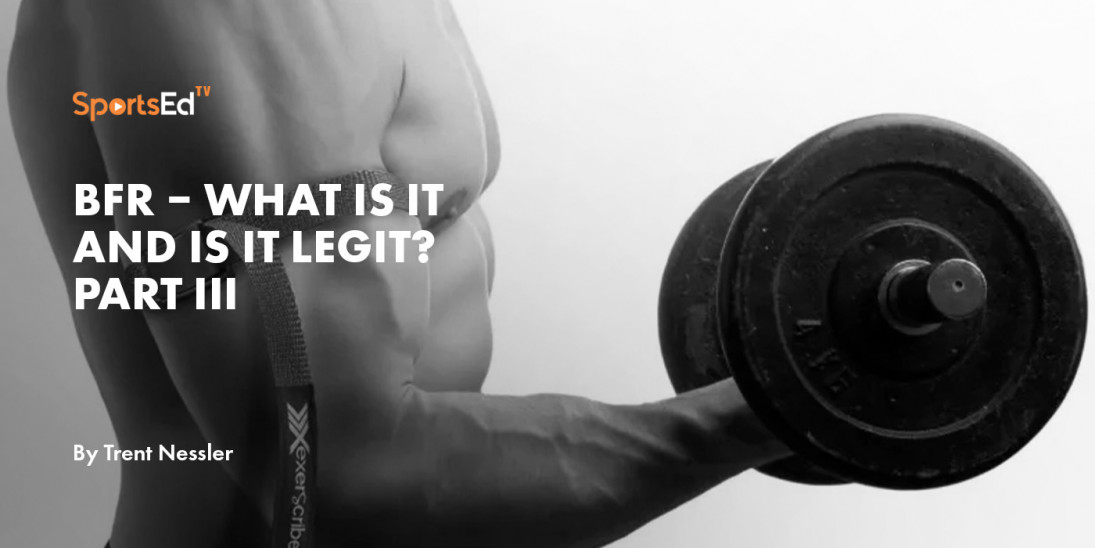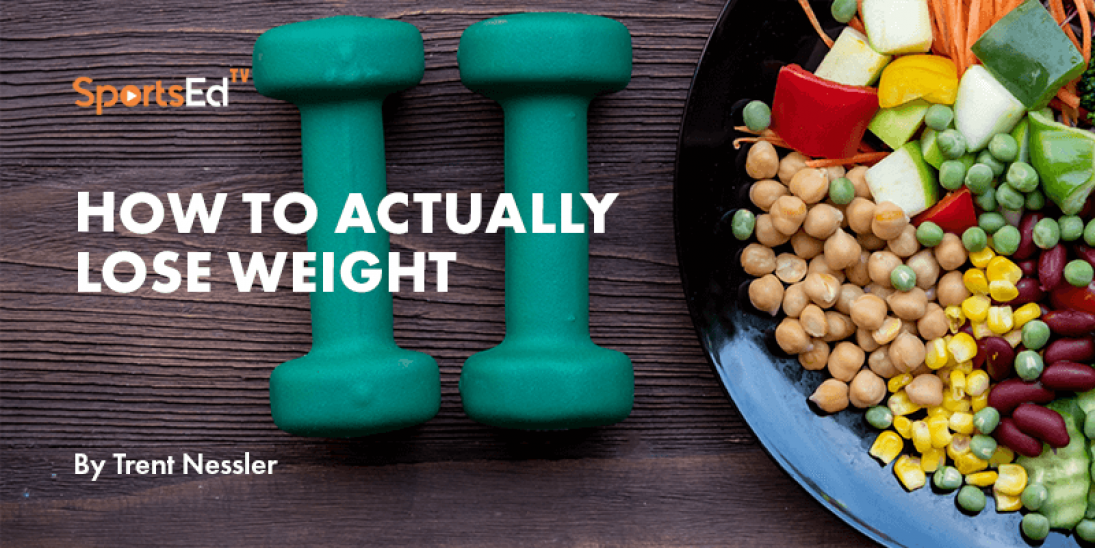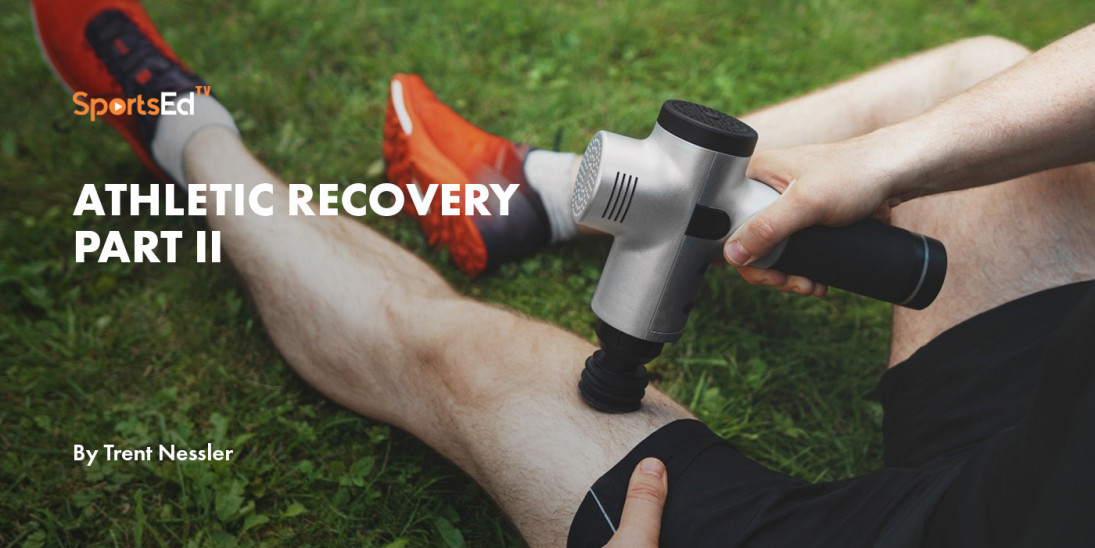Health
Welcome and thanks for visiting...

BFR – What Is It and Is It Legit? Part III

In the previous articles, we have been talking about the benefits of blood flow restriction (BFR) training. One of the benefits is that you get both the localized and systemic effects that is typically seen with heavy resistance training (80% 1 RM) with very low loads (20% 1 RM). That said, one should not be fooled into thinking there will not be muscle soreness associated with this type of training. Just like any other form of resistance training, you should exercise caution when dosing the prescriptive sets and intensity of exercises. The delayed onset muscle soreness will be more intense than what you would typically expect to experience with such low loads.
One assumption that people typically have about BFR is that this is only a technique that is used with injured athletes or as a part of rehabilitation. Knowing the origins of BFR and its ties to the fitness industry, we know this not to be the case. In a study published just this month (Wortman et al Am J Sport Med 2020), the authors performed a systematic review of all the current literature to assess the various studies looking at the application to the non-injured athlete and for the purposes of performance enhancement. Of the 237 studies identified, 10 met the inclusion criteria looking at the application of BFR in the non-injured athlete. What this systematic review showed was that when BFR is applied correctly, subjects experience:
- Clinically significant increase in muscle strength – measured via isokinetic strength
- Clinically significant increase in muscle hypertrophy – measured via muscle girth
- Clinically significant improvements in sports performance measures including:
- 10 m and 30 m sprint times
- Countermovement jump power
- 505 agility test
- Vertical jump
- 20 m shuttle run
- Clinically significant improvement in 1 RM in:
- Squat
- Bench press
- Leg press
These results alone should peek every athlete’s and coach’s interest. Think about this for a minute. You can essentially, on your low load days, do a form of training that will continue to allow for recovery and at the same time push athletic performance to the next level. Why wouldn’t you consider this form of training?
The key is, you have to do it correctly. Most of these studies show that athletes are exercising at 20-30% of 1 RM and at cuff pressures of 110 to 240 mmHg and using the exercise sequence we previously described in the last blog (30-15-15-15). I have seen a lot of professionals and research studies that do BFR at 80% LOP (110-240 mmHg) and with 4 sets of 10 reps and wonder why it does not work. It does not work because you are not taxing the system enough to get the full benefits of the BFR. The above sequence can be manipulated but still has to be higher intensity like described and not 4 sets of 10. Some exercise examples include:
30 – 30 – 30 – this is a sequence I tend to do for legs.
- BFR pressure – 150 mmHg
- Exercise sequence
- 30 squats at 20% 1 RM – 30 second rest
- 30 leg press at 20% 1 RM – 30 second rest
- 15 single leg squat right, 15 left – 60 second rest
- Repeat the sequence for 2-4 sets
This is a more advanced sequence but gives an idea of how you can manipulate the sequence. One thing I have not mentioned is that you can also get an increase in VO2max when you combine BFR with cardiovascular training. Studies show you can experience similar changes in VO2max with low levels of training 20-30% VO2max equivalent to high intensity interval training. An example of a cardiovascular routine includes:
5 – 5 – 5 – this is a sprint sequence I tend to do on a bike. I do not advise to do this on a treadmill due to the fatigue it will create in the legs and the risk there is for falling.
- Exercise sequence
- BFR pressure – 150 mmHg
- Exercise sequence with resistance set at resistance equivalent to 20% VO2max
- 5 minutes with cuffs on
- 5 minutes cuffs loose
- 5 minutes cuffs on
- 5 minutes cuffs loose
- 5 minutes cuffs on
- Discontinue after last 5 minutes
Again this is a little more aggressive sequence but as I talked about in the previous blog, you can dial this up or down in one of two ways.
- Increase pressure from 150 mmHg to 180 mmHg
Or
- Increase the intensity from 20% to 30%
In the next article we will continue our discussion as we begin to talk about how we are using this in ACL rehab, injury prevention/movement training and I will also give you two personal case studies using two different grappling athletes. Stay Tuned next week as continue to help you get your swoll on!
Read more:
BFR – What Is It and Is It Legit?




